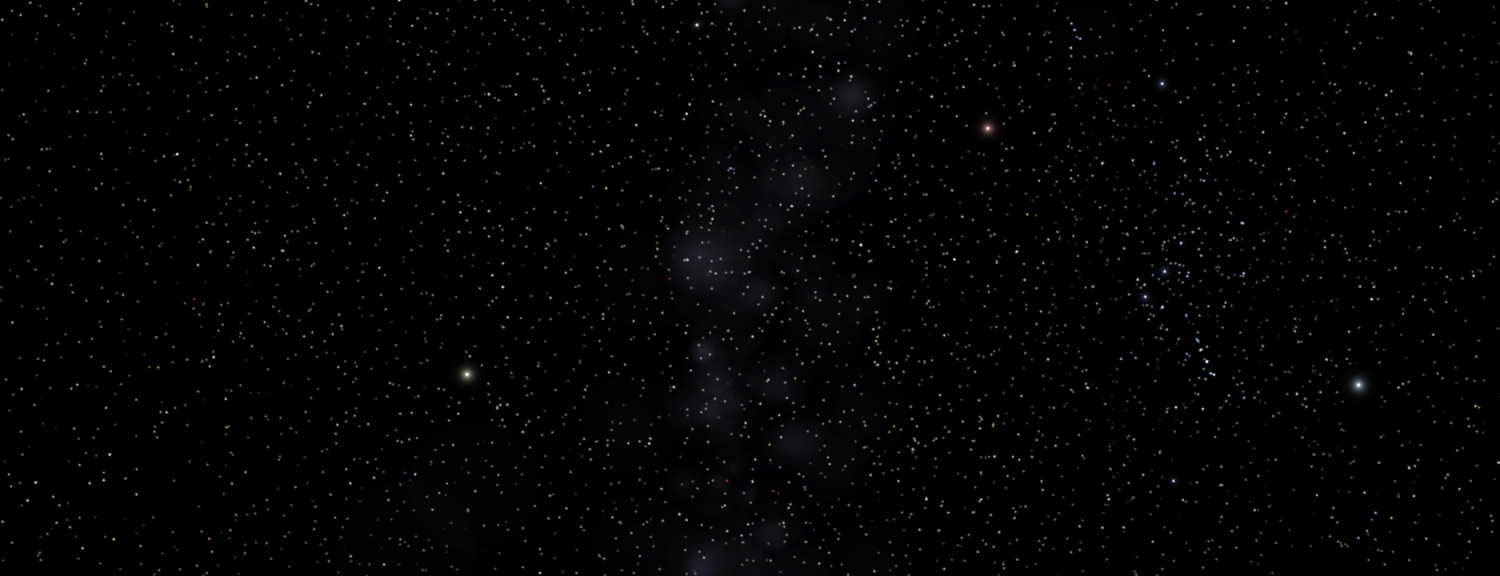For Sellenria, I imagined a specific setting: an earth-like planet, with a large, ruddy moon dominating the sky. The moon, and the mythical figure that it represented, played a central role in life on this planet. To a visitor, the red light pervading the sky would emphasize the strangeness of the world. To the inhabitants, the stately 40-day phases of the moon measure out their time.
It’s all very well and good to imagine such a place, but can it really exist? We can turn to the basic laws of motion worked out by Kepler for some answers.
Let’s start by choosing an earth-sized primary with 95% of the mass of Earth. (That would be kilograms.) Now, let’s pick a secondary of 75% of the mass of Earth. (I called it Mars-like in the story, but that’s just someone giving a rough description. In reality it would be larger than Mars to achieve the desired effect.)
From those numbers, we can calculate the orbital distance of the secondary from the primary with the formula
Using the masses of the planets above, and the 40 day orbital period converted to seconds, yields an orbital distance of meters, or about 1.5 times the distance from the earth to the moon.
Now we have our planets positioned in orbit, but will it be impressive enough in the sky?
Let’s start by assuming that the secondary has a density somewhere between Earth and Mars, about . From that, it’s possible to calculate the actual diameter of the planet from the mass:
and the apparent diameter in the sky from the distance and the diameter:
Solving those from the assumptions gives us a planet that’s about 95% of the diameter of the Earth (though with a lower mass, so surface gravity would be lower). At a distance 1.5 times farther than Earth’s moon, it would have an apparent diameter of 1.2° in the sky. That’s 2.4 times as large as the Earth’s moon, but with over 5 times the surface area. Since the human eye tends to compare areas rather than diameters, that should be quite impressive enough.
Let’s add to that 500% larger area the perceptual trick known as the moon illusion. Most people are familiar with the moon appearing to be much larger near the horizon than when high in the sky. (It isn’t really; if you measure it with optical instruments it’s really the same size.) It’s a judgement error that arises somewhere in the human visual system, when comparing the areas and angles of the moon at different altitudes.
The cause of this illusion is still debated, but from my senior year thesis in cognitive psychology, I postulate that it’s related to the systematic error that most people have in judging angles and inclines. Most people will over-estimate a slope by about the same factor as they over-estimate the size of the moon at the horizon, by a factor of 1.6 to 2.2 times.
This illusion is why we often over-emphasize the size of the moon in paintings and illustrations, such as on the cover of this book. That matches the way that people feel it is, more than what they really see. Take a picture of the full moon with a normal camera lens and see if you aren’t disappointed in the tiny dot of a moon in the image. That doesn’t match what you thought you saw.
Now, about those tides. The simplest way to estimate the tides is to scale them from a known system. Tidal force is related to the mass of the secondary world and the distance away:
Since we decided that the mass was 70% of Earth, that makes it 50 times as massive as the moon, at 1.5 times the distance. That would make the tidal force of Rhea 16 times the force of the moon on the Earth. Tides on Earth can range from 1 to 10 meters (up to 16 meters in the Bay of Fundy), which would suggest tides on this planet can easily exceed 100 meters in coastal areas. That would pose an extreme challenge to the development of any sailing industry on the planet.
This was the thought process I went through when I designed this world. (That’s a slight fib, I wrote some scenes first, then worked backward to find a world that fit that imagery.) It was important to me to come up with a possible, even plausible world, before I started filling it with improbable creatures. I hope I’ve succeeded on both counts.

